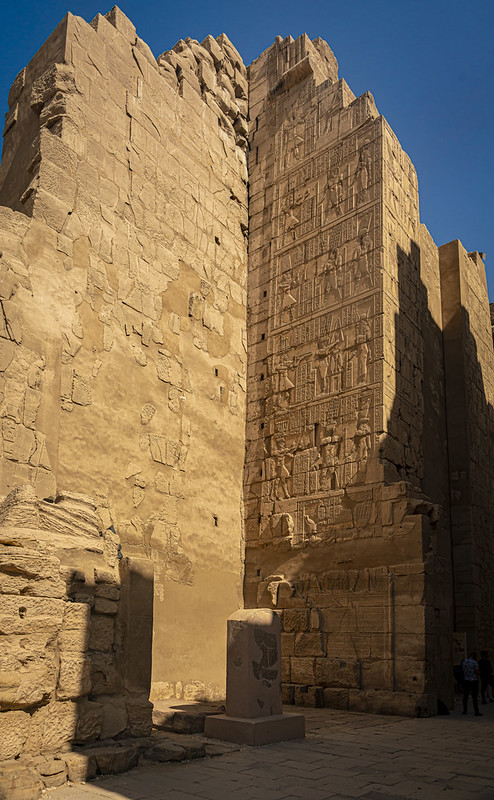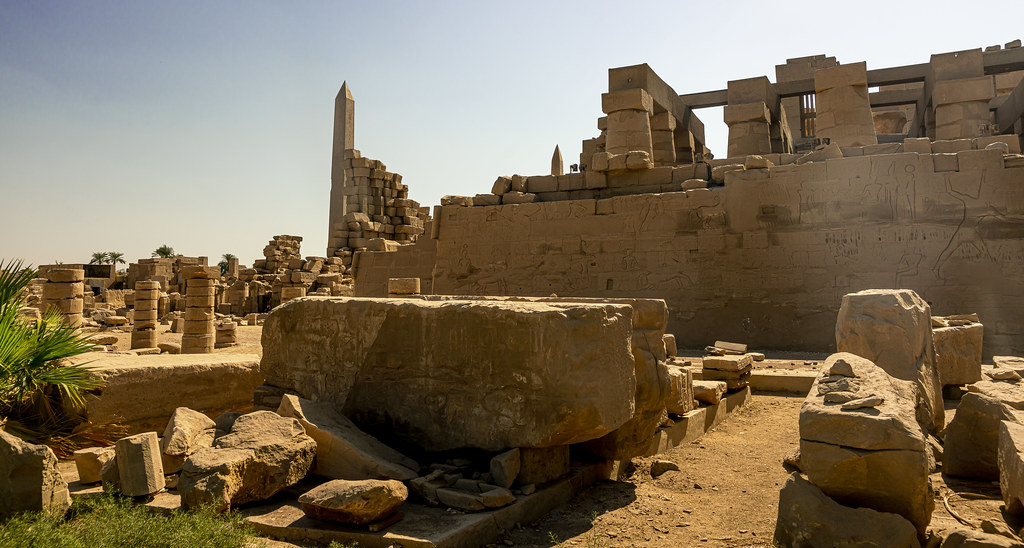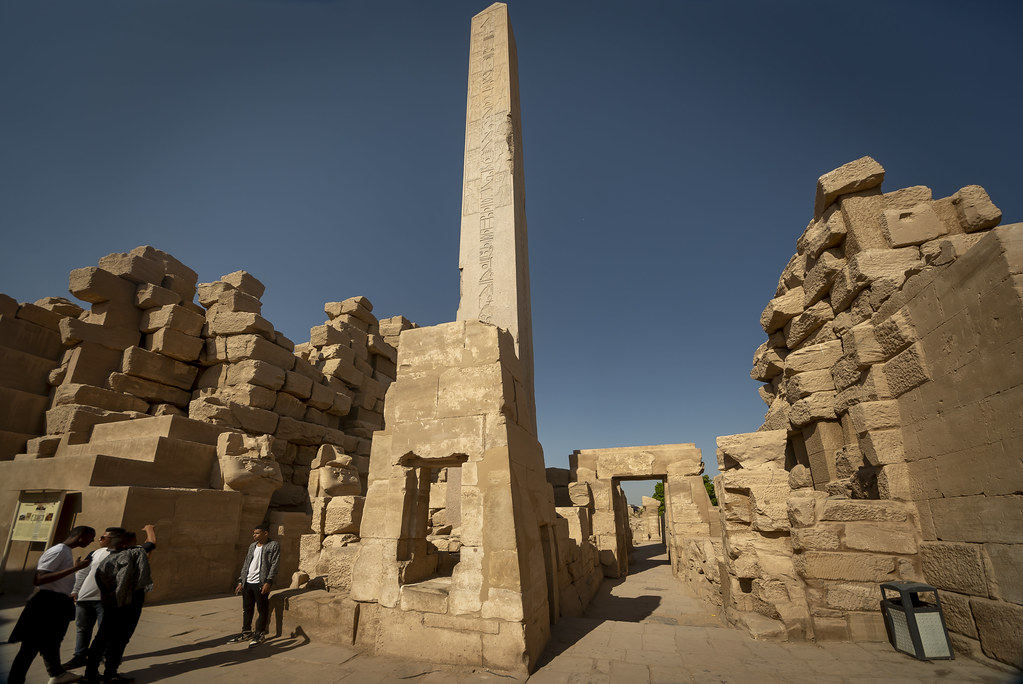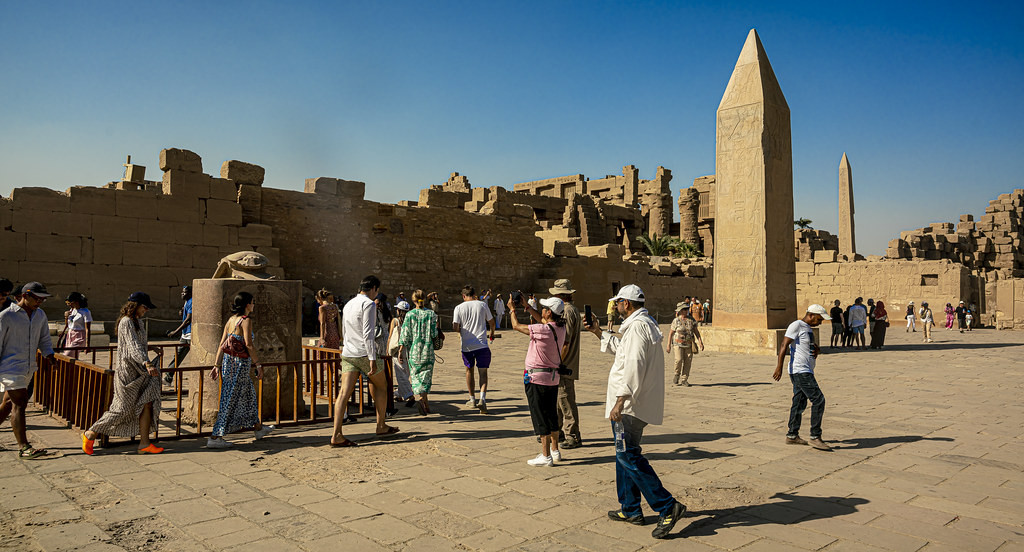Heavy Traffic at the base of the Great Pyramids
At the base of the 4,500-year-old Pyramid of Menkaure, smallest of the three Great Pyramids on the Giza Plateau. Egypt, 9 October 2023.
Recognizing the Economic Rise of China

The main reason why I frequently posted here about the historically amazing revival of China as a world economic power is that most of the American with whom I grew up during the 1950s-60s, most of whom have never travelled outside of Anglophone North America, nonetheless anywhere else in the world, still visualize China as a Third World nation of Mao suit-wearing Communist drones traveling on bicycles, rickshaws, steam locomotives, and 1950s Soviet-built automobiles. None of that is true, except to some degree the Communist part (approximately 100 million of China’s 1.3 billion people are members of the Chinese Communist Party). For most of the past 4,000 years, China had the world’s #1 economy. It has been only during the past 400 years that China had been in eclipse, no longer one of the world’s top ten, nonetheless top one or two, most powerful nations. Napoleon Bonaparte knew that China’s decline was a temporary exception to history. “Let China Sleep, for when she wakes, she will shake the world,” he supposedly said. With the death of Mao Tse-Tung some 50 years ago and the decision by his replacement Deng Xiaopeng to embrace capitalism in the Chinese economy, (“It doesn’t matter whether a cat is black or white, as long as it catches mice.” Deng said), China has come roaring back as a world power.
Most of the American men I grew up with want to deny this fact. They don’t like America having competition, and particularly not Communist-ruled, albeit capitalist, competition. But China is a reality that can’t, and shouldn’t be denied. Some of them try to excuse China’s economic power by noting that by Gross Domestic Product and other economic measurements China now has an economy equal or greater than of the United States simply because it has four times the population of the U.S. who produce only one-quarter or more of the economic output the average American does. This is true. However, the economic output of the average Chinese is constantly growing and at a much faster pace than the average American’s. China now has some 300 million members of its population enjoying a middle class lifestyle, a number equal to (and soon to be larger) than the entire American population. This graphic from Visual Capitalist predicts the relative size of the world’s major national economies by the year 2050.
Until recently, the entire history of the United States had occured while China slept. The U.S. isn’t used to having such an economic competitor: a nationl that has been major power for most of the past 4,000 years. That is the reality.
The Best Meal I’ve Ever Eaten
My wife and I were scheduled at midnight to fly from Hong Kong to New York City. But where to have a great Cantonese meal before departure? Not the airport! So, accompanied by our Hong Kong friend Ruth Chen, we dined at Man Wah atop the Mandarin Oriental Hotel (the original Madarin hotel in that chain). We there had the most extraordinary Chinese of our lives. I’ve been fortunate to have dined in one, two, and three star Michelin-rated restaurants in Europe, Asia, and North America, and am surprised Man Wah has only one such star! We selected a seven-course tasting menu with wine pairings. Exquisite and extraordinary. (I regret that I don’t have at hand my receipt from the restaurant but will post it when I find it, a souvenir I kept). My compliments to the Man Wah’s somelier, who has forever changed my taste for champagnes from Moet & Chandon, Verve Cliquot, and Tattinger, to Ruinart. Visit this restaurant if you can. If you can’t, enjoy this video.
Travel is the Best Way to See the Reality of Where You are From
Travel is the best way to see the reality of where you are from because without that you see no new perspective, know no difference, and can make no judgements. I have been fortunate to have travelled much: I’ve logged more than a million airline miles since 1993, air mileage which doesn’t count my a dozen foreign trips during the 1970s and ’80s nor extensive domestic U.S. airtravel during the 1980s and early ’90s for United Press International and Reuters. Among the things which all that travel has led me to see is how woefully miserable the North American and many European airlines have become.
It is no wonder why for the past ten years Skytrax‘s rankings of the Top Ten Airlines (i.e., the ‘Five Star’ or World Airline Awards rankings) are dominated by Persian Gulf and Far Eastern airlines. During some of the past ten years, a European airline might appear among the Top Ten, yet that hasn’t happened during most of those years. The 2023 Top Ten are:
- Singapore Airlines
- Qatar Airways
- All Nippon Airways (of Japan)
- Emirates
- Japan Airlines
- Turkish Airlines
- Air France
- Cathay Pacific Airways
- EVA Air (of Taiwan)
- Korean Air
Among European airlines, either Air France or Lufthansa make the list some years. As for Turkish Airlines, its home airport of Istanbul is 29 kilometers (18 miles) into Europe, although most of Türkiye (the nation until recently known as Turkey) is in the Middle East. The highest ranking U.S. airline is Delta at #20 (behind such airlines as Fiji Airways and India’s Vistara). Air Canada ranks #38, United Airlines #49 (just ahead of Azerbaijan Airlines), Alaska Airlines #52, Jet Blue #55, Southwest #60, American Airlines #82, and Hawaiian Airlines #85. Skytrax only ranks the Top 100 airlines, so forget about Spirit Airlines. These rankings demonstrate just how bad U.S. aiirlines are.
My two favorite airlines are Singapore and Qatar, so I’m not surprised. My wife’s favorites are Singapore and Emirates. We love Singapore Airlines so much that we booked it around the world during our honeymoon in 2013. I’ve thrice flown non-stop flight from New York City to Singapore, a trip which lasts for 17 to 18 hours depending upon the winds. Most Americans would abhor the very idea of such a long flight, yet that’s because they’ve only flown on U.S. airlines and never on Singapore Airlines. The video above, shot by aviation video blogger Sam Chui, lets you know how well trained Singapore Airline cabin crews are. It shows what makes the world’s best airline.
I realize that I’ve a few friends (notably those who have worked as cabin crew on U.S. airlines who might not like Singapore Airlines’ services compared to U.S. airlines. I realize that this airline and its iconic ‘Singapore Girl’ uniform persists what some North Americans and Europeans will charge is sexism. And I know that Singapore Airlines is mostly government-funded, whereas no U.S. airline is. However, if you’re a airline passenger, you are more likely to value the courtesy and services you receive when judging an airline; that your comfort, and not governmental and cultural policies, are your main concerns.
This Totally Changes Battlefield Reconnaissance
The Autonomous Buses of Guangzhou, China
A Chinese citizen’s video about riding the self-driving public buses of Guangzhou, which is perhaps the first major city in the world to use autonomous vehicles for public transportation.
Renting a Car? Don’t Do This When You Do
When your smartphone uses Android Auto or Apple Car Play to connect with the a rental car, that rental vehicle can download all your phone’s contacts and their phone numbers, your phone call history, and a variety of other private information which the rental car then keeps in its memory for the next renter to see–unless you manually delete that information.
Most Americans’ Obsolete Perceptions of China
Something that surprised me now that I’ve decided to stop teaching graduate school, return to my native eastern Connecticut, and reconnect with many of the men and women whom I went to elementary and secondary school is that most still think the world outside the United States is the same as it was when they graduated from secondary school in 1973. I know that Americans sociologists for more than a century have noted that most people’s perspectives and experiences during their teens and twenties tends to form their worldview for the rest of their lives. However, my generation and the two generation who were born after my own (those American demographers call ‘Generation X’ and ‘Millennials’) are living during a truly unprecedent time in human history. That might seem easy for any generation to state, but people born during the past 120 years and particularly during the past 60 are living when the pace of change in civilization has begun accelerating exponentially. Nowhere on Earth has that been more so than in the People’s Republic of China (PRC). Yet most the Americans with whom I grew up still seem to think China is a nation of people dressed in drab green clothes and conical straw hats who push water buffaloes pulling plows through rice paddies. That wildly outdated and obsolete perspective of China unfortunately warps their perceptions and political opinions of the world’s second most powerful nation and economy.
Because what those sociologists said, plus that most of the Americans are relatively untraveled (‘I’ll try foreign travel once I’ve seen all 50 U.S. states.’ To which I think, oh yes indeed, do see Iowa, West Virginia, and Oklahoma during your finite lifetime before you see Italy, France, the U.K., Japan, etc.?) , I perhaps can understand their remarkably outdated misperceptions about foreign nations now 50 years after the men and women with whom I went to elementary and secondary school still hold. However, not only do their obsolete perceptions distort their political opinions but makes them unable to understand how far behind the U.S. infrastructure and many components of American society have falled behind other nations, not just behind the Chinese.
Don’t get me wrong: I oppose the Chinese Communist Party (CCP), which I know for a fact is putting huge numbers of their nation’s minority Uigher peoples into concentration camps, stomps on Chinese freedom of expression, and is woefully corrupt. I first learned about China from my maternal grandmother, a former daily newspaper publisher, who visited the PRC during 1974, when hundreds of millions of Chinese likely were laboring in rice paddies. But that was shortly before CCP dictator Mao Zedong‘s successor Deng Xiaoping, the ‘Architect of Modern China,’ made the brilliant political decision to abandon economic communism and adopt ‘state capitalism’ in which, like in Singapore, South Korea, and Taiwan during the post-war period , a single political party maintains its monopoly on political power but transforms its nation’s economy to capitalism. Throughout human history, the Chinese peoples have been among the world’s most mercantile.
Indeed, from 1978 through 2005, China’s economy grew annually by ten percent or more, the greatest economic growth in anywhere in the world. Its economy has grown a multiple of 27 times! Between 1978 abd 2018, China brought more than 800 million of its 1.4 billion citizens out of poverty, more than any other nation in history. That nation’s poverty rate dropped from 88% to 1.85%. The Chinese economy is now the world’s second largest, accounting for 18% of the world’s total weath. The nation has the second largest number of billionaires (465) and millionaires (6.2 million) in the world. China overtook the U.s.S as the home to the highest number of people who have a net personal wealth of at least $110,000, according to the global wealth report by Credit Suisse. And the nation is now home to five of the world’s top ten cities by economic production (Beijing, Shanghai, Hong Kong, Shenzhen, and Guangzhou in the 1st, 3rd, 4th, 5th, and 10th spots, respectively).
Above is Italian tour guide Michele Ponte‘s English-language video about his shock arriving in China and spending a week in Chongqing (former known as Chungking), a city of 9.6 million citizens (32 million in its metropolitan area) in central China. I know what he means. My first business trip to China was 23 years ago, a time when the CCP was replacing old neighborhoods in Chinese cities with modern apartments, shopping centers, and office buildings. Ten years later, Beijing looked like a bigger and more modern version of Los Angeles. And nowadays Chinese cities are distinct more modern, clean, and efficient than American or European ones. China’s domestic airlines market is now the world’s largest. And that nation has build the world’s more extensive networks of bullet trains and superhighways.
During the early 1800s, Napoleon Bonaparte, who knew from history that China had been the world’s first or second most powerful nation for four millennia but had begun withdrawing from the world scene during the late 1400s, remarked, “Let China sleep; when she wakes she will shake the world.” China has nowadays awaked and is shaking the world. A powerful China is a reality, as it had been for most of the past four millennia. It is vitally important that most Americans know just how modern, developed, and sophisticated China has become. And likewise where and how United States is falling behind it. Only then can America pursue relations with it. Clinging to outdated and obsolete perceptions of China only extends dangers, nonetheless misunderstandings.
I’ve a number of such videos I plan to share, and not just about China.
The Ruined Temple of Karnak
Begun around 2055 BC and used until circa 100 AD, the Temple of Karnak, located near the banks of the Nile in the city now known as Luxor but then known as Thebes, was built as a cult temple dedicated to the Egyptian gods Amun, Mut, and Khonsu. Until the construction of St. Peter’s Cathedral in Rome between 1506 and 1626, the Temple of Luxor was the largest religious temple ever to be constructed.
Here are the firsts of a series of photographs I took there during October 2022.
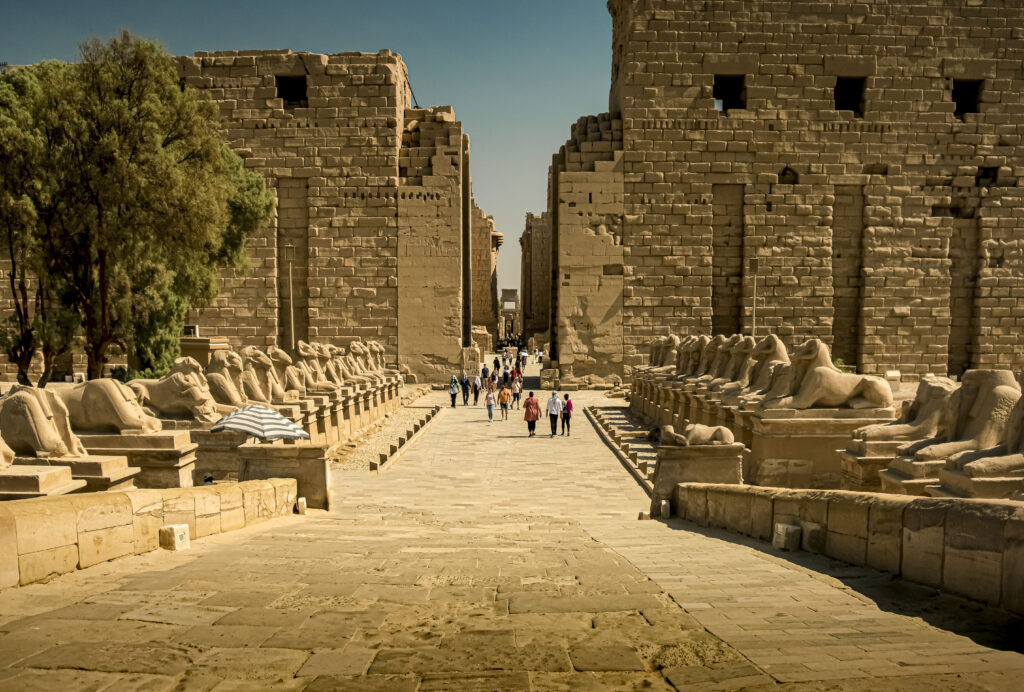
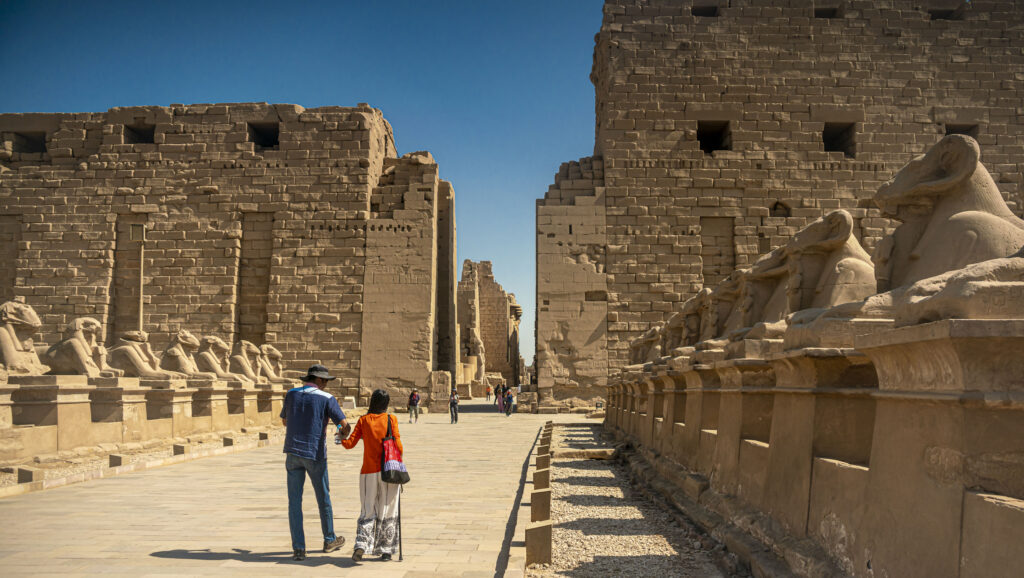
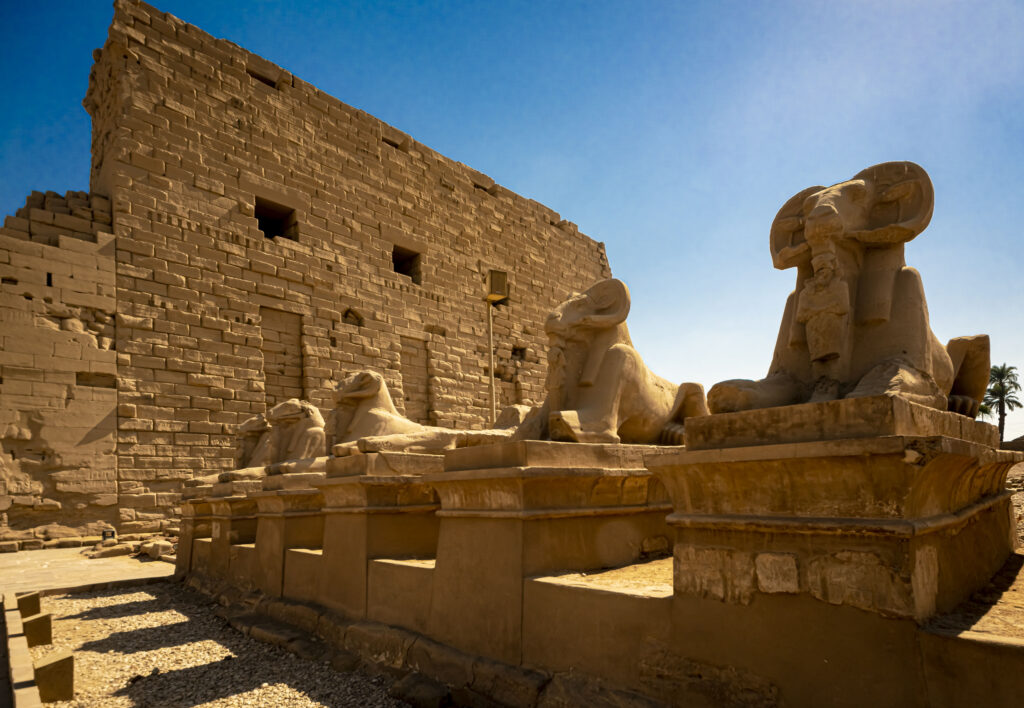
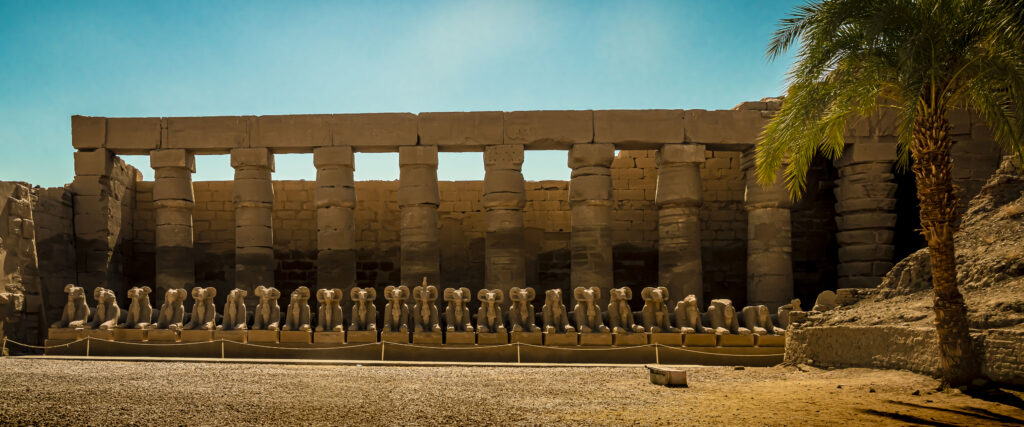
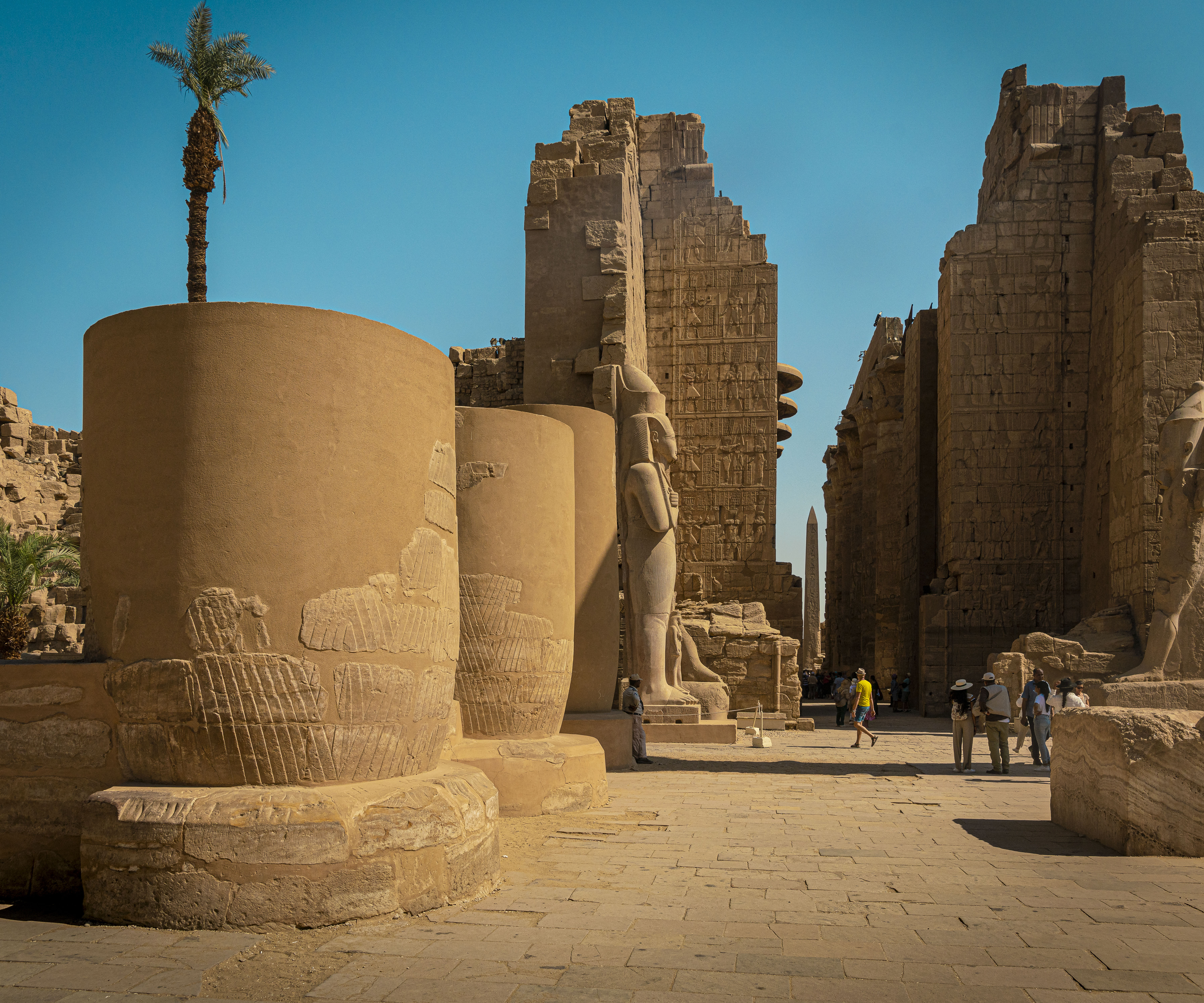
Hacking via ChatGPT
Are you experimenting with ChatGPT’s Artificial Intelligence? Have you considered it unfortunately can also be used for hacking? This guy has, as he demonstrates.
Yes, for the ridiculous Übergeek Fashionista on your Christmas shopping list!
(Particularly for one who’s never seen Tom Hardy’s portrayal of the villian Bane in the Batman movie The Dark Knight Rises)







